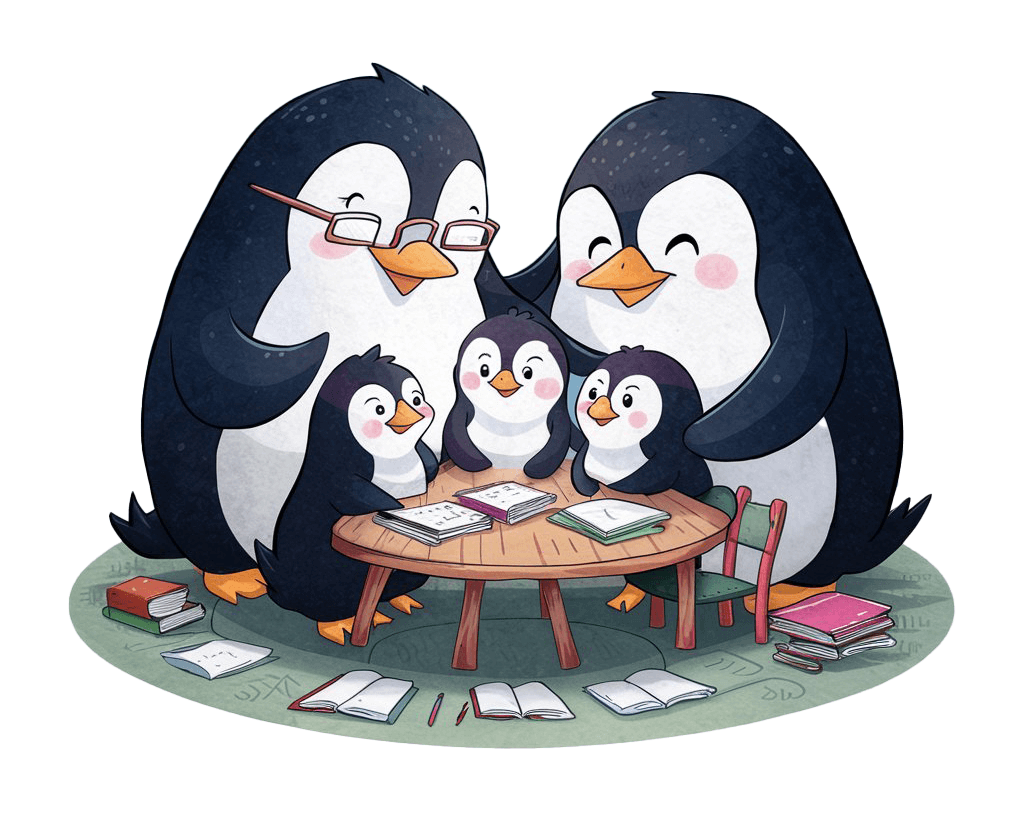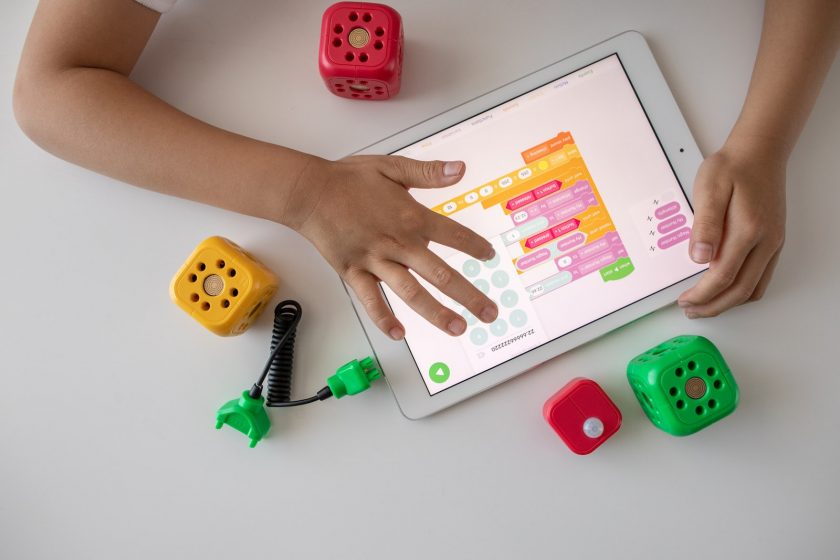Education is more than what happens in a classroom. One of the advantages of home educating is that, by creating a passive learning environment, you can supercharge your child’s opportunities to learn.
What is passive learning and is it effective?
Active learning is what happens in classrooms: Learners focus on the specific information being taught to them, defined by a lesson objective.
Passive learning happens through exposure, observation, and immersion without the active/focused participation of the learner.
For homeschooling, this is the difference between asking students to focus on a teacher-led lesson about a specific event in history, and the learner listening to a podcast about that event whilst engaged in a craft activity.
Active learning is a more effective way of studying – Students retain more information and have a deeper understanding of topics they have actively focused on studying; so a student who has engaged in a lesson about topic X is likely to have deeper comprehension of the facts taught (eg. dates) than a student who has passively listened to a podcast – however! Passive learning is a great way of introducing a concept/topic without the pressure that students can feel in an active lesson they understand is requiring them to learn.
How to Use Passive Learning in a Homeschool Environment
Unless you are unschooling your children – a schooling method that avoids formal curriculum and solely follows a child’s interests and curiosities – your homeschool curriculum will be (however flexibly) timetabled, with lessons taking place and ‘schoolwork’ assigned. Passive learning is about the hours outside the classroom or in lessons where students can multitask the activity with auditory learning.
When not in ‘school’, how are home learners spending their time? How can you add extra learning opportunities into the non-school hours of a day?
Listen to Podcasts
A simple way to implement passive learning into a homeschool day is via podcasts. When preparing lunch or engaged in quiet crafts, podcasts in the background can introduce ideas, provide more information about topics students are studying in class and spark creativity.
Podcasts are fantastic for expanding vocabulary: Encourage home learners to keep a notebook to jot down new vocabulary & look up the definitions in a dictionary – use these words as spelling ‘tests’ or prompts for home-ed writing tasks.
Listen to Audiobooks
Audiobooks are a fantastic tool for learning. If you’re choosing audiobooks for passive learning, choose books that homeschoolers might not choose to read themselves – books with a more challenging vocabulary, a different genre to their regular choices, books related to topics you’d like them to develop an interest in, etc
Display Visual Learning Opportunities Around the Home
Using the walls of your home to engage children with learning is one of the easiest ways to create a passive learning environment in your home.
- Maps of all kinds!
Geographical maps put the world into perspective and teach scale, historical maps contain facts & dates, political and economic maps are fascinating for kids interested in current affairs. Whatever their interest, or whatever you’d like to interest them in, there’s a map that can support that.
- Diagrams & Charts
Passively supporting maths & science lessons, diagrams and charts teach about data & data representation.
- Posters & Art
Art on the wall can often fade into the background after a while – we stop seeing it. Using frames to display posters makes it easy to change the posters regularly.
One way to display art as a passive, immersive experience is to create mini art galleries: Combine a piece of artwork with a written explanation of the piece. Switch them up regularly/combine with art history or artist-focused lessons/ask your homeschoolers to curate their own gallery based on a theme/style of art/their own art preferences.
Cosy Reading Nooks & Praise!
The easiest way to encourage children to read independently is to entice them with reading nooks. That might be a blanket fort stuffed with cushions and torches to read by, comfortable chairs nestled close to TBR piles of books or outdoor spaces to escape to with a book – you know your child, what means cosy to them?
Bring them a drink/snack, use reward charts where 3 books read = a reading-related reward (a new book/bookmark/adapted-from-a-book-movie night), sit down and read alongside them!
Easy-Access Books
Books that are accessible are books that will be read. Leave books you think homeschoolers might enjoy on the coffee table or their bedside table; encourage them to organise the bookshelves according to what makes most sense to them – by author/colour/genre; play ‘Lucky Dip Reading Time’ where they close their eyes and pick a random book off the shelf. Visit the library, if you have access to one, and set challenges around reading books.
Curate Social Media Accounts for Learning
Use your social media platform of choice to curate passive learning feeds: Follow accounts that feed into a child’s interest, expose them to new ideas and spark their curiosity. Have weekly social media time where you go through the feed together and talk about what you learn. This is a brilliant way to teach positive social media habits and an easy way to get ideas for interest-led projects home learners might enjoy. Ask for their input on which accounts to follow and validate their interests.
Watch Good TV
TV isn’t always a waste of time! TV shows that encourage participation (eg. quiz shows), delve into subjects (science/nature/food programmes etc), demonstrate examples of positive personal characteristics (endurance/perseverance/dedication) etc are all beneficial.
Make Fun Learning Games Part of a Daily Routine
Short, fun activities – like completing the daily Wordle, a daily sudoku or a quick card-based game – are effective ways to add mini-learning opportunities into a homeschool day.
Curate Music Playlists
Use playlists to introduce them to different genres/explore musical expression; use songs to teach via memorisation; use music to set the tone of the homeschool space and inspire them to get musically creative.
Use the Fridge!
Or a magnetic/corkboard wall.
Pin spelling lists, cool art, precepts (sayings)/quotes you want your kids to know, translations of their favourite phrases into the language they’re studying…
Display their work – drawings, examples of great handwriting, tests with high scores – celebrate their achievements!
Create an environment that suits the personalities of your learners and don’t worry about how it looks – it doesn’t need to look like a classroom; it just needs to feel like home -`♡´-

